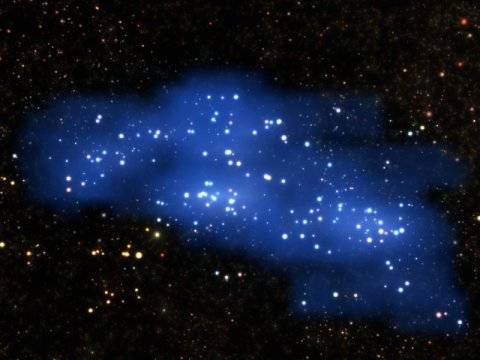WASHINGTON - Italian and American astronomers discovered a large structure in the early Universe, formed just two billion years after the Big Bang, according to a study published on other day in the journal Astronomy & Astrophysics. The galaxy proto-supercluster, nicknamed Hyperion, has been the largest and most massive structure yet found at such a remote time and distance. Hyperion is the largest and most massive structure to be found so early in the formation of the Universe, or 11.5 billion years ago, with a calculated mass more than one million billion times that of the Sun, according to the study. The team found that Hyperion had a very complex structure, containing at least seven high-density regions connected by filaments of galaxies.
“Superclusters closer to Earth tend to a much more concentrated distribution of mass with clear structural features,” said Brian Lemaux, project scientist at University of California, Davis.
“But in Hyperion, the mass is distributed much more uniformly in a series of connected blobs, populated by loose associations of galaxies,” said Lemaux.
Given its size so early in the history of the Universe, Hyperion is expected to evolve into something similar to the immense structures in the local Universe such as the superclusters making up the Sloan Great Wall or the Virgo Supercluster that contains our own galaxy, the Milky Way.






